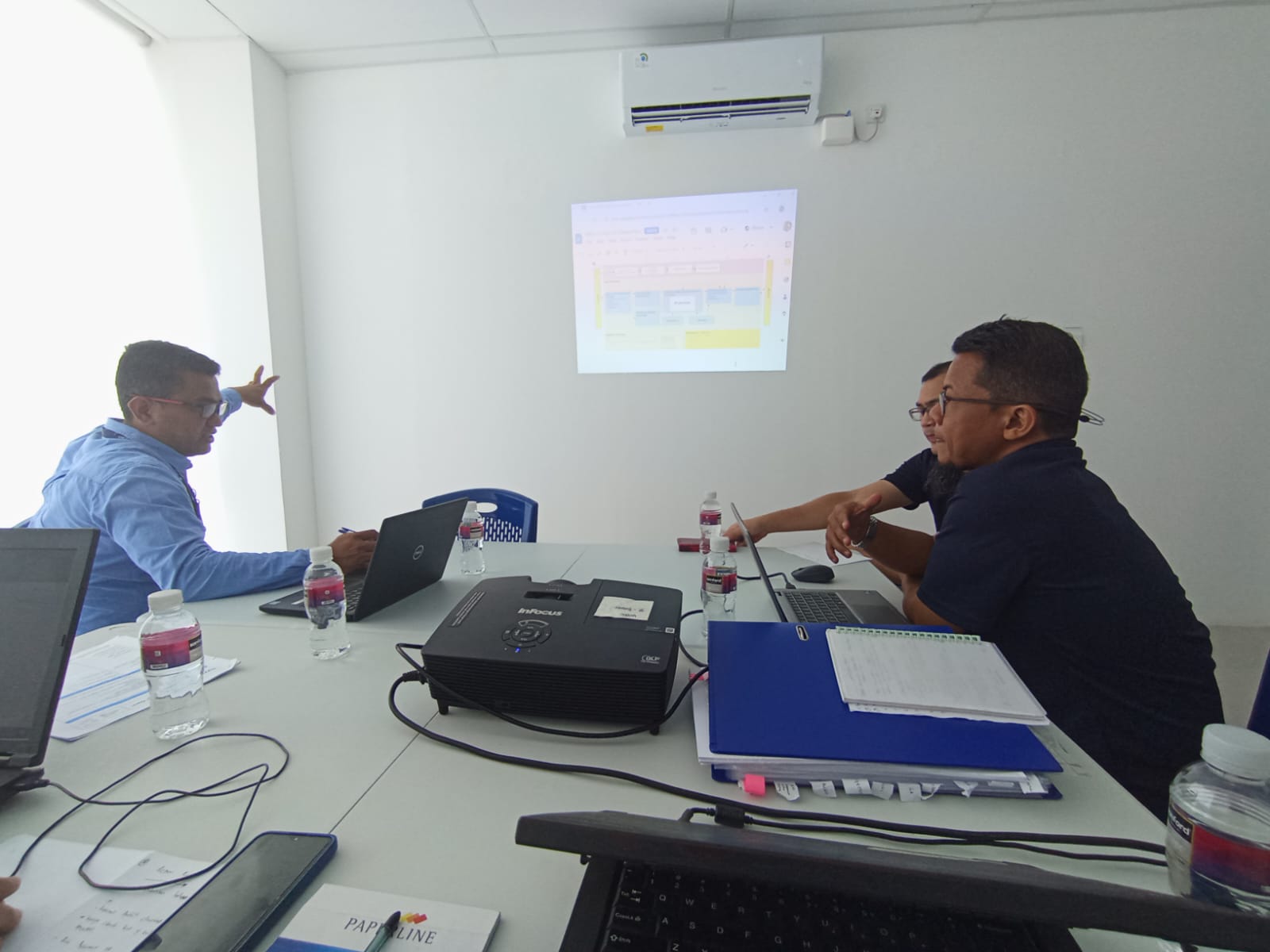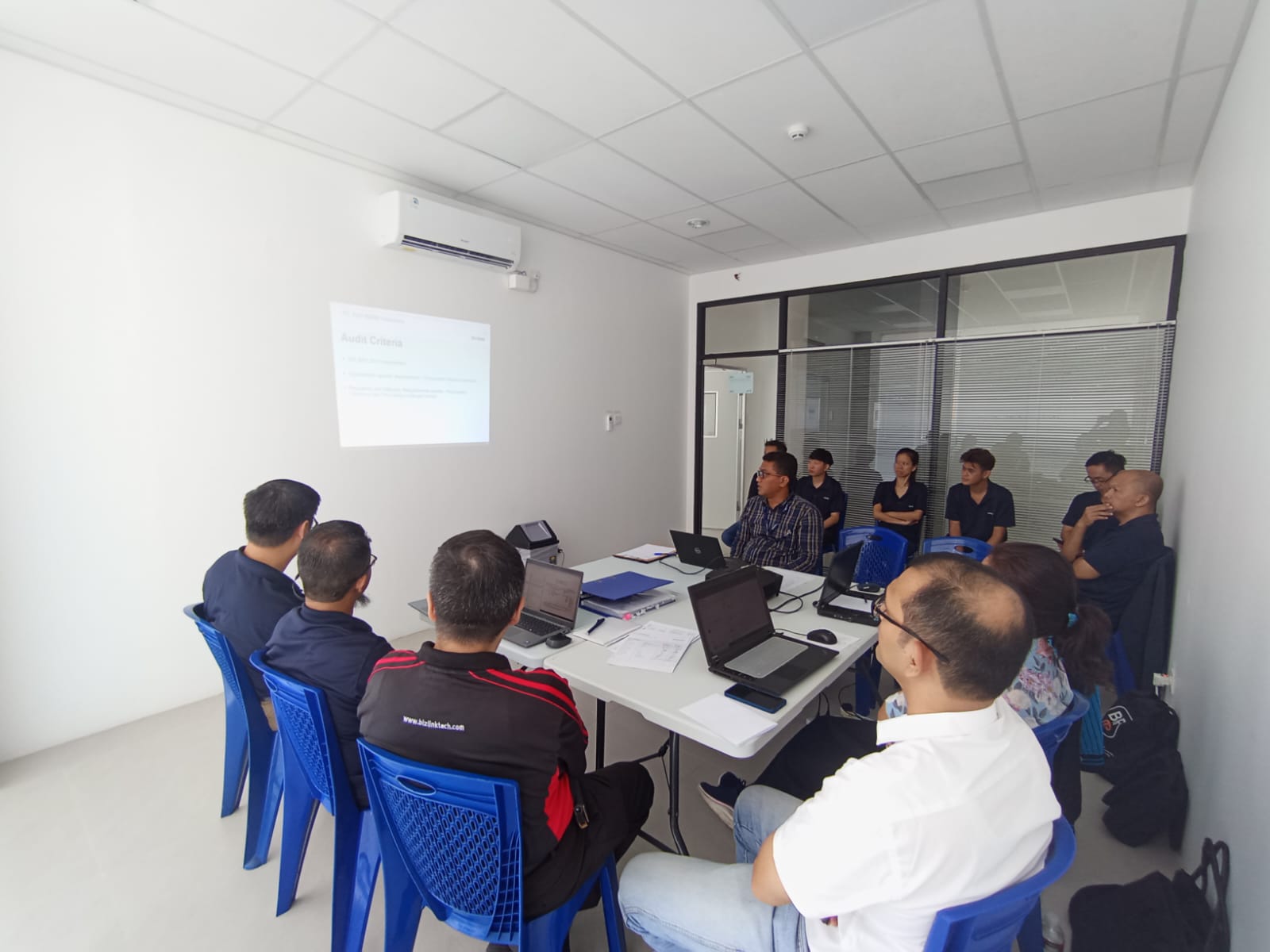You have decided to take a strategic step: obtaining ISO certification. Congratulations! This is a commitment to improving the credibility, efficiency, and competitiveness of your business. But behind all the benefits, there is often one thing that makes teams nervous: “There’s a mountain of documentation, right?”
Relax. Don’t imagine a confusing pile of papers. Instead, think of it as a “roadmap” or “guidebook” showing how your company operates in the best and most controlled way possible.
As someone who has gone through this process, let me share this: the key to certification success isn’t the number of documents, but their relevance and consistency. Auditors aren’t looking for perfection; they’re looking for evidence that your system works and continues to improve.
Let’s break down the core documents you need to prepare, along with insider tips for putting them together.
Level 1 Document: Your Company Constitution (Quality Policy)?
This is the foundation. Documents at this level are strategic in nature and serve as guidelines for all activities.
1. Kebijakan Mutu (Quality Policy):
- What is it? An official statement from top management about the company’s quality “direction.” It is your promise to customers.
- What should it contain? A commitment to meet customer and regulatory requirements, and a commitment to continuous improvement.
- Tips from the Field: Don’t make it too bombastic and unrealistic. Keep it simple, easy for all employees to remember, and most importantly, it must be reflected in daily actions. Auditors like to ask random staff, “What is our Quality Policy?” If no one remembers it, that’s a red flag.
2. Quality Objectives:
- What are they? Specific and measurable targets derived from the Quality Policy.
- What should it contain? Use the SMART principle (Specific, Measurable, Achievable, Relevant, Time-bound). Examples: “Reduce customer complaints to below 2% per month in Q4 2024,” or “Increase customer satisfaction from a score of 8 to 8.5 in 6 months.”
- Tips from the Field: Place a visual board in the work area that displays the goals and their progress. This shows that the goals are not just words on paper, but are alive and being monitored.
Level 2 Document: The Rulebook (Procedures)
This is the “guidebook” for key processes involving multiple departments.
3. Document Control Procedures:
- What is it? The rules for creating, reviewing, approving, and updating all your system documents. Without this, chaos will ensue.
- Tips from the Field: Ensure each document has a number, revision date, and page number (e.g., Page 1 of 5). This is trivial but critical to prevent the use of outdated documents.
4. Control of Records Procedure:
- What is it? Rules for storing “evidence” that a process has been carried out. Records are objective evidence for audits.
- Tips from the Field: Determine how long a record (such as an internal audit report or inspection sheet) should be kept and where it should be located. Being organized makes audits easier.
5. Internal Audit Procedures:
- What is it? Guidelines for conducting a “dry run” audit before external auditors arrive.
- Tips from the Field: Schedule internal audits seriously. The main goal is to find discrepancies and correct them, not to assign blame. The more nonconformities you find and correct yourself, the “healthier” your system will appear to the auditor.
6. Corrective Action Procedures:
- What is it? Systematic steps to address problems that have already occurred, find their root causes, and prevent them from recurring.
- Tips from the Field: This is the essence of continuous improvement. Don’t just fix the symptoms. Use simple tools like “5 Whys” (asking “why” repeatedly) to find the root cause.
Level 3 Document: The Playbook (Work Instructions)
This is a detailed guide for specific tasks at the operator or staff level.
taff level.
7. Work Instructions:
- What are they? Step-by-step guides for routine, critical, or complex work.
- Tips from the Field: Use visuals! Photos, diagrams, or flowcharts are often more effective than long paragraphs. Make sure work instructions are easily accessible in the workplace, not locked away in a manager’s cabinet.
Level 4 Document: The Evidence (Records)
This is the “fuel” to prove your system is working. Without it, all the above documents are just talk.
8. List of Controlled Documents & Records: This list is like a “catalog” so you know which documents are active.
9. Employee Competency Records (Training Records): Proof that your staff are trained and competent to do their jobs.
10. Contract/Order Review Records: Proof that you have reviewed customer orders before processing them.
11. Design and Development Records (if applicable): For companies that innovate products.
12. Product/Service Inspection Records: Results of inspections, tests, or monitoring of your products/services.
13. Internal Audit & Corrective Action Reports: Proof that you conduct drills and make improvements.
14. Internal Audit & Corrective Action Reports: Proof that you conduct drills and make improvements.
Kesimpulan: Dari Dokumen ke Budaya
Preparing documents for ISO certification is like mapping your company’s DNA. This process forces you to think, “Is the way we have been working so far the best way?”
Don’t treat this as just another burdensome administrative project. Involve the entire team, discuss it, and make these documents a truly useful tool to make their work easier and produce better results.
When these documents are no longer just “files for auditors” but have become the lifeblood of your company’s operations, rest assured that the audit process is nothing to fear. It’s simply a formality to validate what you’ve been practicing every day.
Good luck with the process! It’s exhausting, but the results will be very rewarding.
For more information or assistance with ISO 14001 certification, please contact us at:
Contact: Kristina Saragi, 081268161778, kristina@isospace.id
Call Center: 082288303338
Email: marketing@isospace.id
Thank you for reading!




Leave a Reply